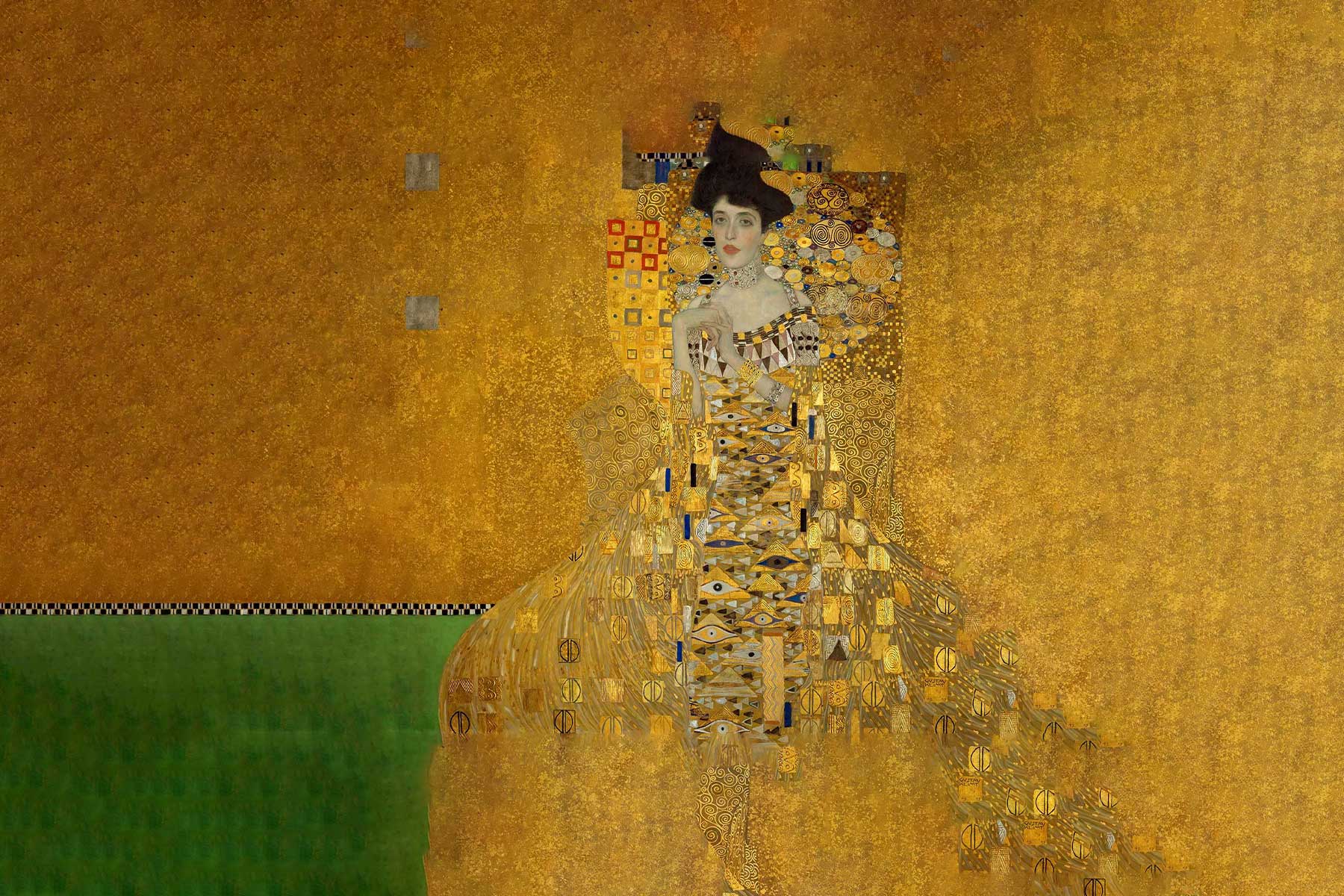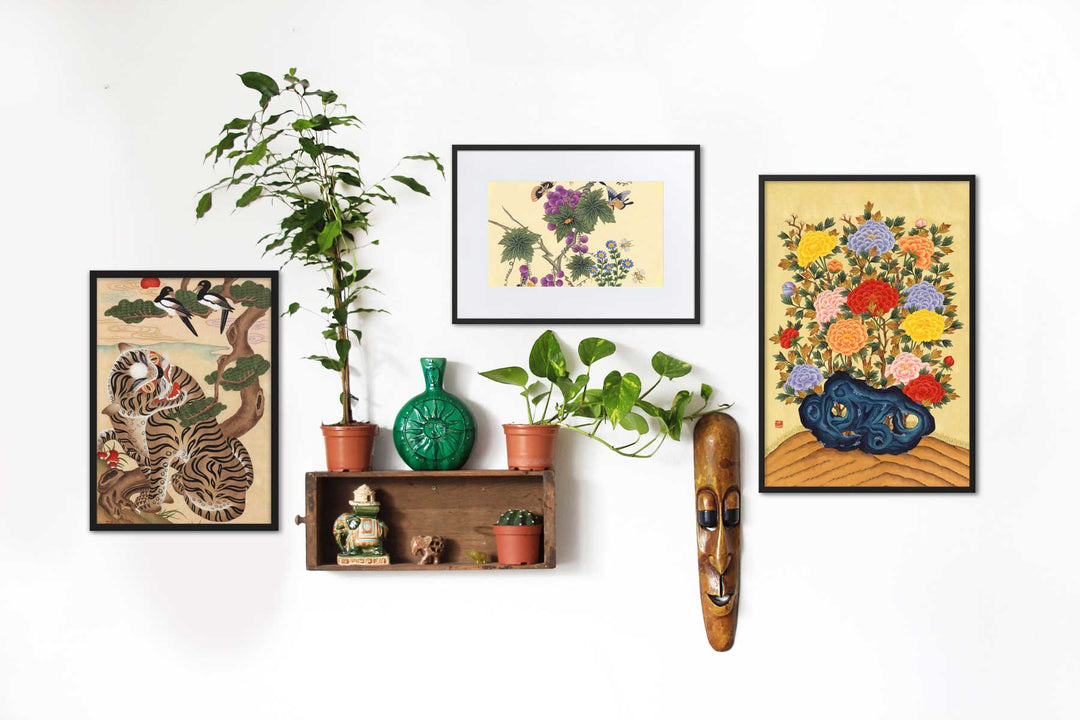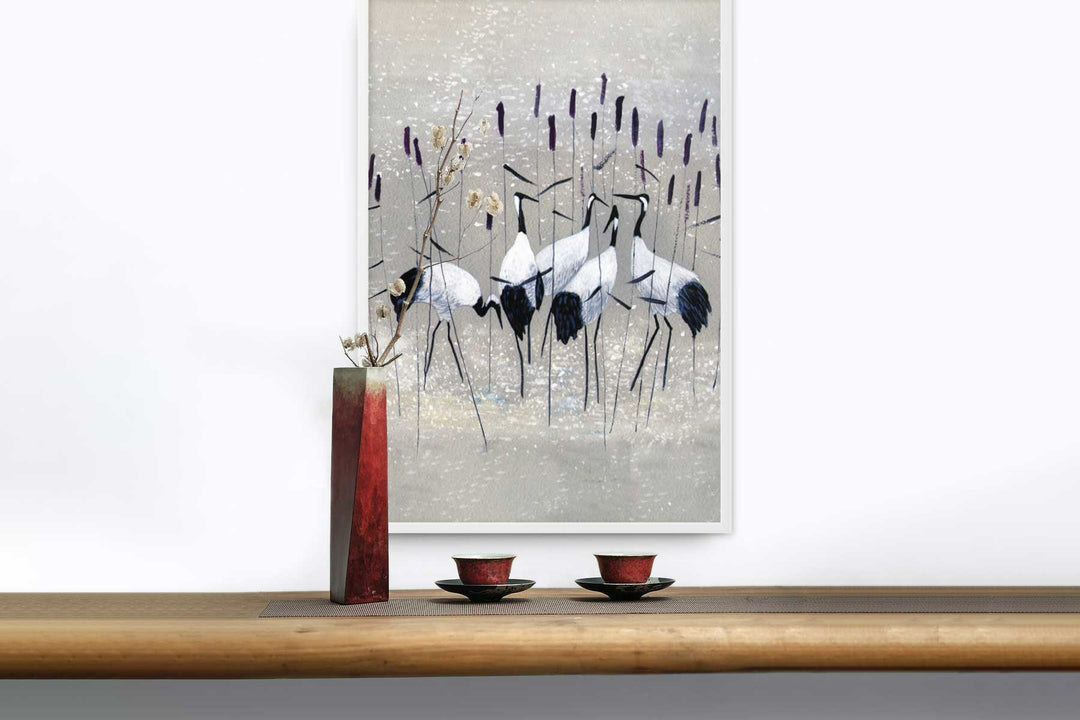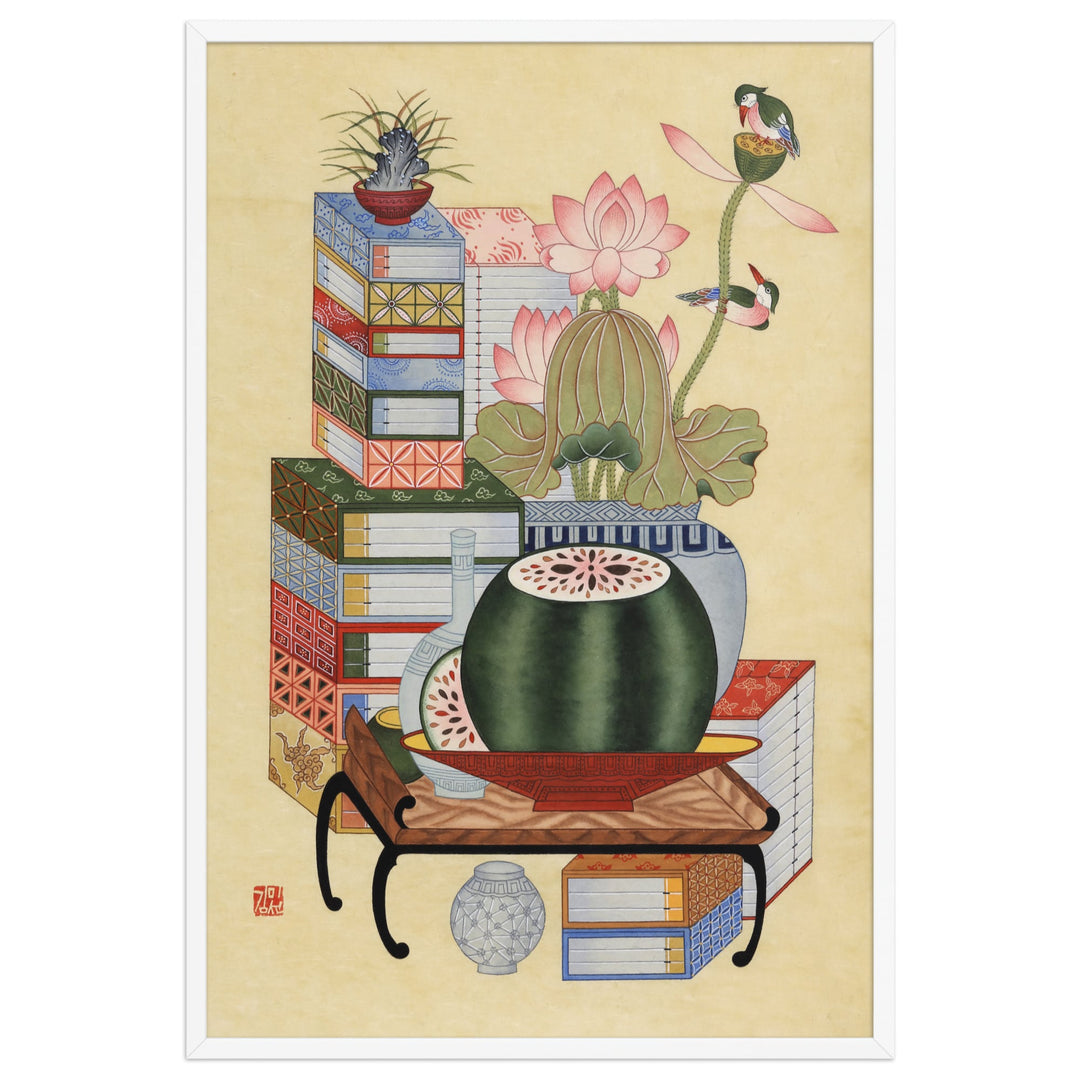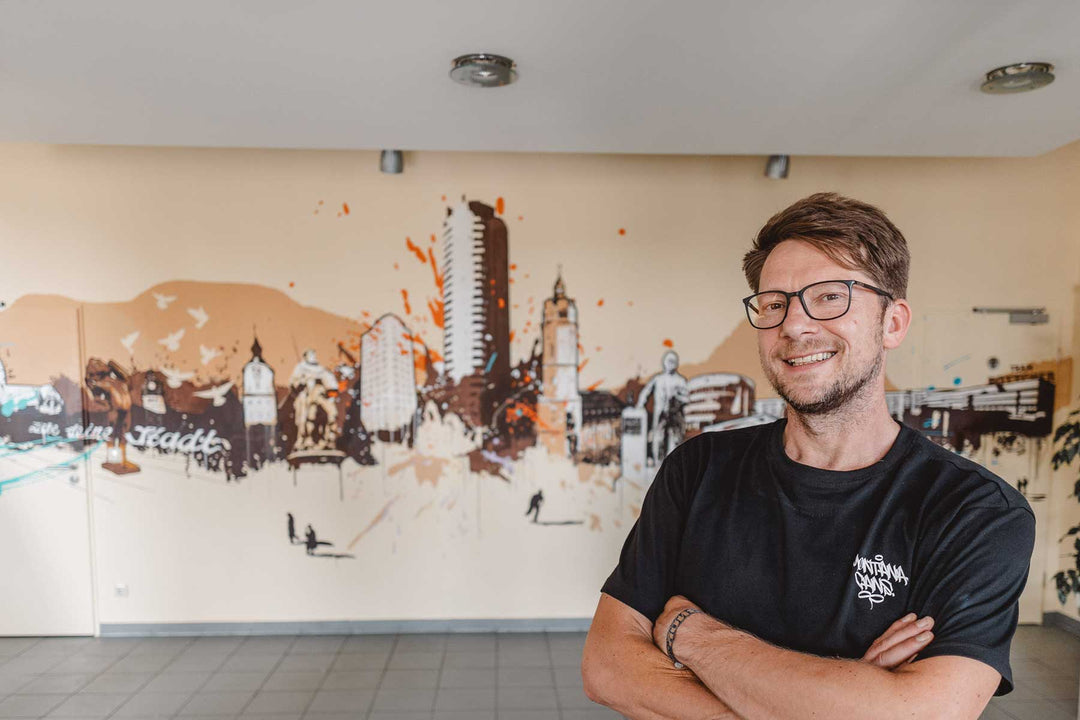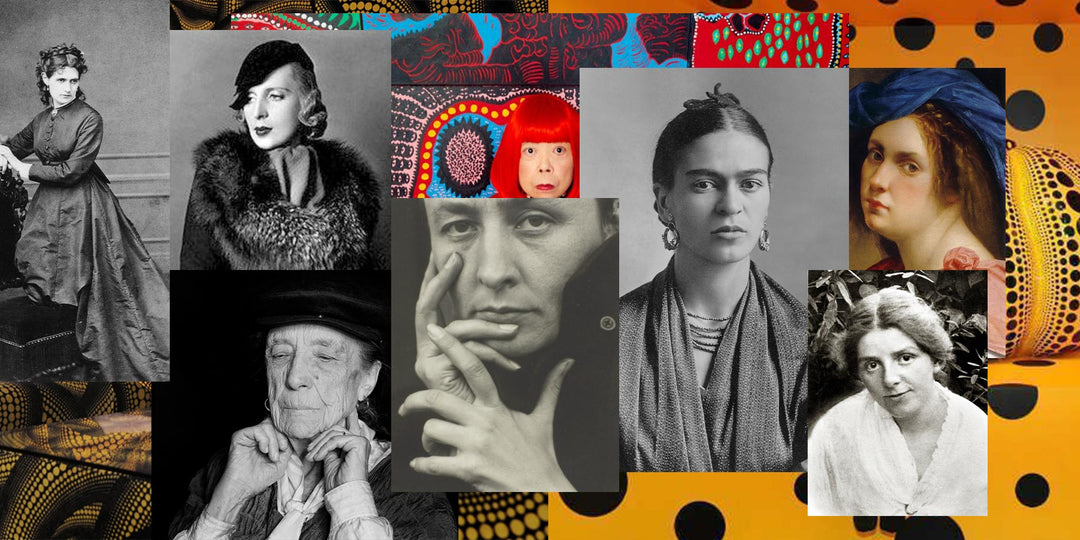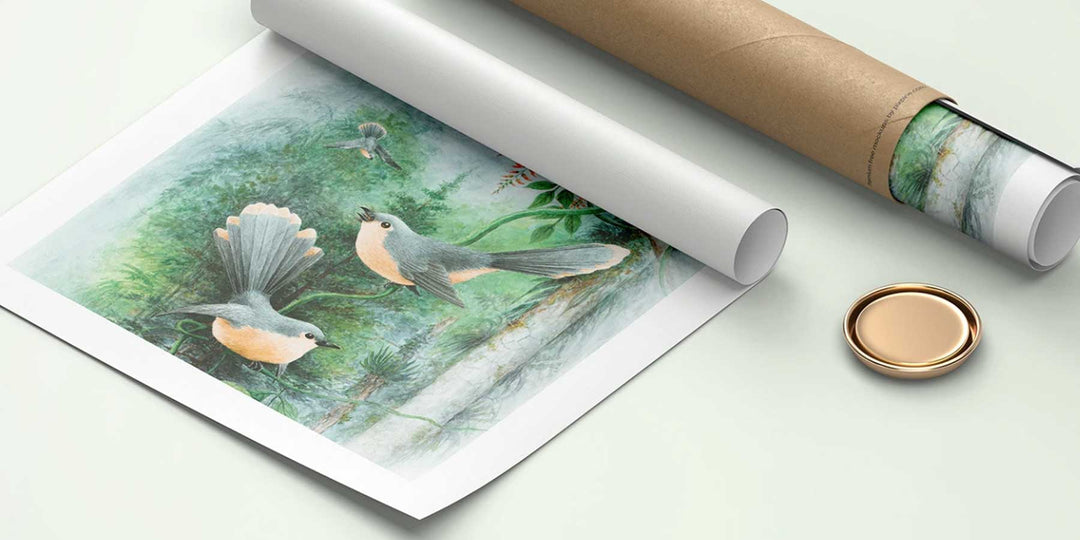The 10 most influential female artists in art history
Art history was long dominated by men. But numerous women have left decisive marks through their creativity, courage, and distinctive style. Many of them were underestimated or overlooked during their lifetimes – today they finally receive the recognition they deserve. In this blog article, we present to you ten of the most famous female painters and artists who have significantly shaped the art world.
1. Sofonisba Anguissola (1532–1625)
The Italian Renaissance painter Sofonisba Anguissola became known for her portraits of European nobility. As court painter to Philip II of Spain, she demonstrated not only artistic talent but also the ability to overcome social boundaries. Anguissola paved the way for many subsequent female artists.

2. Artemisia Gentileschi (1593–1653)
Artemisia Gentileschi is one of the first women who was able to assert herself in the male-dominated world of the Baroque. Her works, such as Judith Beheading Holofernes, show strong female figures that stand for courage and self-determination. She used painting to process personal and social themes and is today regarded as a symbol of female strength and creativity in art history.

3. Berthe Morisot (1841–1895)
Berthe Morisot was one of the few women in the circle of Impressionists. Her works are characterized by lightness, light, and intimacy. She painted scenes of bourgeois life with a sensitivity that was rarely recognized at the time but has now secured its place in art history.

4. Mary Cassatt (1844–1926)
The American Impressionist Mary Cassatt lived and worked in Paris, where she mainly painted scenes from domestic life. Her delicate, poetic depictions of mothers and children express everyday moments in an impressive way. Cassatt proved that female perspectives and intimacy can bring a new depth to art.

5. Paula Modersohn-Becker (1876–1907)
Paula Modersohn-Becker is considered an important German painter of Expressionism. Especially her self-portraits and depictions of the female body were radical and provocative in their time. Today she is appreciated as a key figure of modern German art, whose work combines authenticity and emotional depth.

6. Georgia O’Keeffe (1887–1986)
Known as the "Mother of American Modernism," Georgia O’Keeffe created large-scale flower paintings and abstract landscapes distinguished by their clear form language and intense colors. O’Keeffe helped modern art find new means of expression and showed that female artists can be just as pioneering as their male colleagues.

7. Tamara de Lempicka (1898–1980)
Tamara de Lempicka was an icon of Art Deco. Her stylized portraits of women in the glamour of the 1920s and 1930s reflect elegance, modernity, and self-confidence. Lempicka's works show how art and fashion, individuality and social style can merge.

8. Louise Bourgeois (1911–2010)
Louise Bourgeois was a sculptor and installation artist, known for monumental works like the spider sculpture Maman. She addressed family, sexuality, and the subconscious in her works. Bourgeois redefined the boundaries of art and shows how deeply personal experiences can create universal art.

9. Frida Kahlo (1907–1954)
Frida Kahlo, the iconic Mexican painter, is known for her colorful and deeply personal self-portraits, such as The Broken Column. Her works address physical pain, psychological distress, and personal identity. Frida's art is an expression of courage, passion, and authenticity that continues to inspire millions today.
Art prints by Frida Kahlo at ARTLIA

10. Yayoi Kusama (born 1929)
The contemporary Japanese artist Yayoi Kusama is world-famous for her installations with mirror rooms and polka dots. Her works address themes such as infinity, repetition, and psychological inner worlds. Kusama is a living example of how art can transform personal visions into universal experiences.

Conclusion
These ten female artists show that women have decisively shaped art history. From the Renaissance to contemporary art, they have questioned social norms, created new forms of expression, and redefined the role of women in art. The rediscovery and reevaluation of these artists not only enriches our understanding of art but also inspires future generations.







